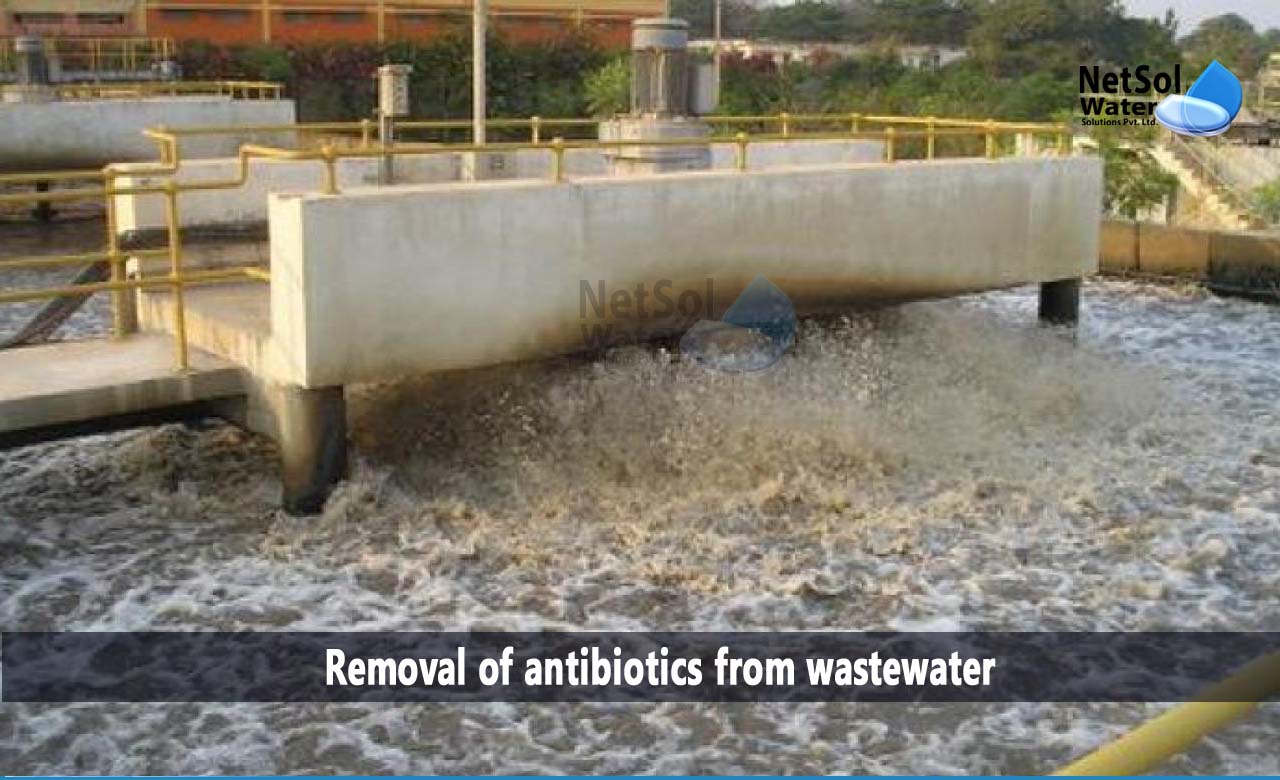Antibiotics are frequently used to treat illnesses in humans and animals, as well as to aid in the growth of livestock and poultry. However, only a small portion of the antibiotics consumed by humans and animals are actually absorbed by the body. The majority are instead excreted in the form of original drugs or metabolites, which then end up in the environment.
Low-dose antibiotic use over an extended period of time causes, environmental microorganisms to develop resistance genes. Drug-resistant microorganisms take part in the material energy cycle and may eventually infiltrate the human body, leading to antibiotic resistance in humans. That is why, it is important to remove antibiotics from wastewater generated from homes, businesses and industries.
Wastewater treatment plants for antibiotic removal
Municipal wastewater treatment facilities are frequently seen as the first line of defence, against environmental pollution. Trace antibiotics cannot currently be efficiently removed in urban sewage treatment plants, since the majority of their treatment methods are built for more traditional organic contaminants and nutrients. The urban sewage treatment plant's effluent is one of the primary sources of antibiotics in the environment, because it discharges into a natural water body.
How to remove antibiotics from wastewater?
The concentration of antibiotics in the sewage is decreased as a result of a number of physical and chemical events, which take place after antibiotics reach the sewage treatment system. Some antibiotics are destroyed or removed from the water phase.
In municipal wastewater treatment facilities, antibiotics are typically removed in the following ways:
· Membrane Filtration
A membrane with selective permeability is the basis of membrane filtering technology. The sewage will be cleaned to some amount prior to membrane filtration, since the membrane's pore size is so small and its cost is so expensive. This is done to prevent the membrane from becoming contaminated.
Microfiltration (MF), ultrafiltration (UF), nanofiltration (NF), reverse osmosis (RO), electrodialysis (ED), and other commonly used membrane filtration methods fall into this category.
· Photolysis
The main clearance of antibiotics from surface water is thought to be photolysis. The majority of the buildings at sewage treatment plants are outdoor setups, used for the treatment process. Photolysis can happen when anything is exposed to sunlight. Direct and indirect photolysis are the two categories of photolysis.
While, indirect photolysis refers to some naturally occurring photosensitive compounds in water, producing some groups when exposed to sunshine, direct photolysis describes how antibiotics directly absorb photons to breakdown. After absorbing photons, these groups interact with the antibiotic and cause it to degrade.
· Activated Carbon Adsorption
Both activated sludge and activated carbon have a large specific surface area and are simple to adsorb antibiotics.
· Biodegradation
The most significant method of antibiotic degradation is still biodegradation, despite the fact that antibiotics are poisonous to microorganisms, and may reduce the effectiveness of biological treatment units. It is crucial to domesticate strains that are resistant to antibiotics since resistance strains are mostly responsible, for the breakdown of antibiotics.
Get your wastewater treatment plants for antibiotic removal from Netsol!
Netsol Water is a corporation with roots in Greater Noida. We have been offering India's top water and wastewater treatment facilities for many years. We have constantly provided clients in a range of industries with our best services.
According to the needs of the industry, we provide RO Plants, water softener, STPs, ETPs, with advanced technologies. For more information, contact us by email at enquiry@netsolwater.com or by phone at +91-9650608473.



